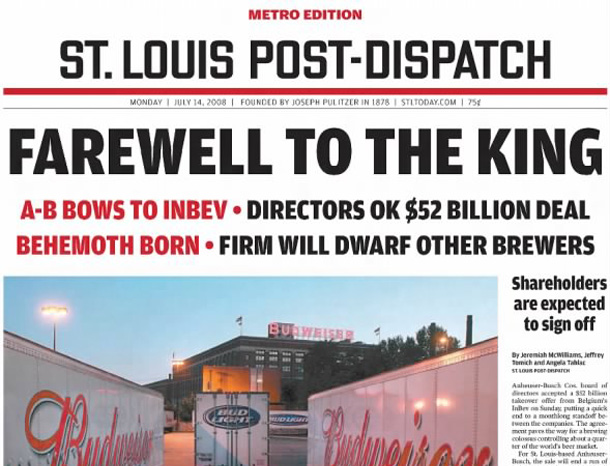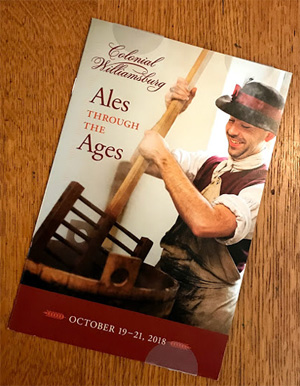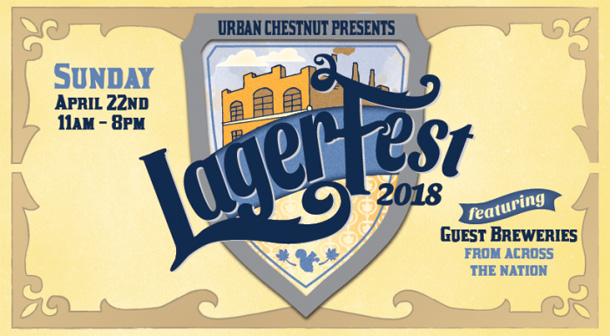One of the secrets to brewing the reigning beer of the moment, Brut IPA, isn’t really a secret. Many brewers give full credit to the enzyme amyloglucosidase, which plays a significant role in producing bone dry beers. Its not unusual to read that craft brewers have been using the enzyme “for a while” in “big” beers like imperial stout.
But just for the record, the enzyme was first used by breweries that don’t fit the definition of craft to make light beers. And only a few years ago the people who work at breweries that do fit the definition mostly talked among themselves about using enzymes. Jack McAuliffe and Fritz Maytag might have something to do with that.
When Frank Prial of the New York Times visited McAuliffe at New Albion Brewing in 1979 he wrote:
Jack McAuliffe boasts that his beer is a completely natural product. “We use malt, hops, water and yeast,” he said. “There are no enzymes, which the big breweries use to speed up the process of mashing and aging; there are no broad-spectrum antibiotics, which they use to stop bacteria from growing, and there are no heading agents to create an artificial head. The proteins which are filtered out of most beers are what make the head. We don’t filter.”
In an interview with the San Francisco Chronicle in 2015 that marked the 50th anniversary of when he bought controlling interest in Anchor Brewing Company, Maytag said, “I wanted to be holier than the Pope.”
Mind you, there was no beer in the world more traditional than ours. Pure water, good yeast, malted barley, hops. Period. No additives, no chemicals, no nothing. That was a theme we felt strong about. To make old-fashioned beer in a pure, simple way.”
Times change.


